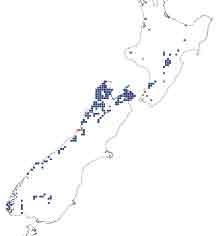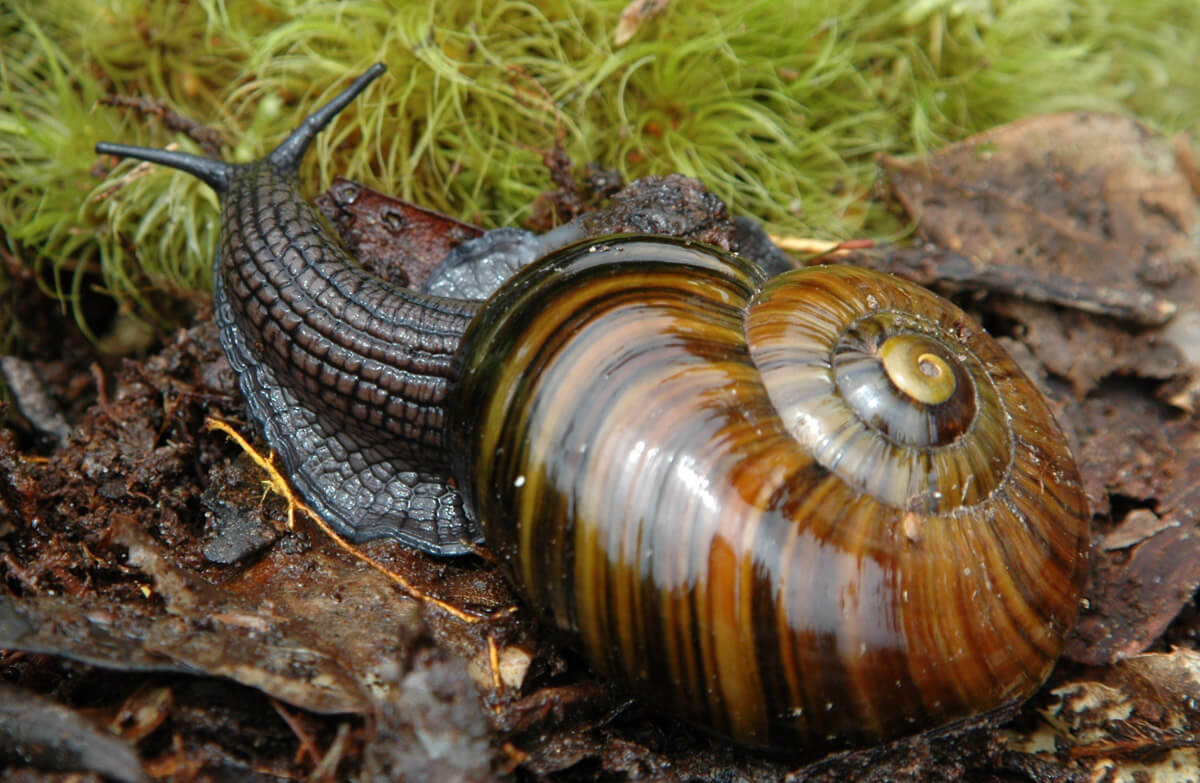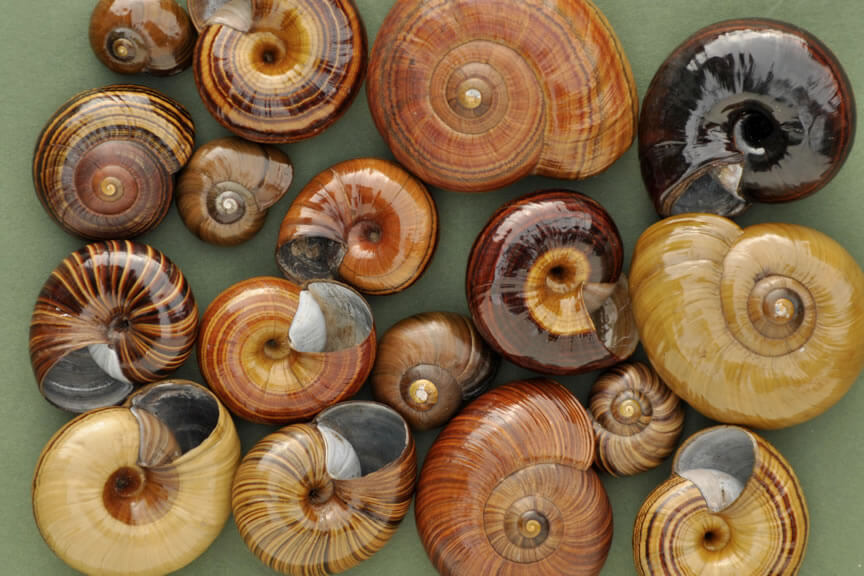Nobody loves me
Everybody hates me
I’m going down the garden to eat worms …
That’s the children’s poem that came to mind when I saw this video. It’s of Powelliphanta snail, a rare giant snail that’s native to New Zealand. The Powelliphanta snail is carniverous, and mostly eats worms – “sucking them down like spaghetti”. They also eat slugs from time to time.
I knew about the snail because there’s been a lot of effort to help it survive in recent years. They can’t survive in many places, and one of their few habitats is also a target location for coal mines on the West Coast of New Zealand.
A lot of the snails are now in captivity (following rescue from a West Coast location) until they can be put back into a suitable environment. The video was made of captive snails as it would be too hard to film them in the wild.
Rare Giant Powelliphanta Snail Feasts On Earthworm – Wild New Zealand – BBC Earth
Finding Powelliphanta

Habitat location for Powelliphanta snail. (Source: NZ Department of Conservation.)
It’s pretty hard to find this snail despite their size due to their small numbers and choice of habitat. In addition, there is habitat loss in relation to that choice.
According to the NZ Department of Conservation, the snails “… are mostly ‘spot endemics’. This means each species and subspecies [is in] its own small area, with lots of country in between without any Powelliphanta at all.”
You can find “different Powelliphanta species … from sea level, where they live in rich temperate rainforest, to above the bushline. Most of the alpine species have to contend with prolonged snowfalls and bitterly cold winters.”
“Powelliphanta are nocturnal, and … forage for food and … mate” at night. “They live buried in leaf mould or under logs. The snails are most likely to be active on warm, moist nights after a long dry spell.”
Quick Facts
The Department of Conservation also provides these “quick facts” about the snail:
Powelliphanta shells. (Source: NZ Department of Conservation. Photo by Kath Walker, Massey University.)
* Powelliphanta snails are carnivores. They particularly like earthworms, and suck them up through their mouth just like we eat spaghetti. They are also known to eat slugs.
* The largest species is Powelliphanta superba prouseorum, found in Kahurangi National Park and measuring about 9 cm [3.5 inches] across. These are the sumo wrestlers of the snail world, weighing in at 90 g, or the equivalent of a tui!
* The genus was named after Dr A.W.B. Powell, a former scientist at Auckland Museum who studied the snails during the 1930s and 1940s.
* Powelliphanta snails used to be known as Paryphanta snails, until the 1970s. Now, Paryphanta refers only to kauri snails, which live north of Auckland.
* Powelliphanta snails are hermaphrodites, meaning they possess both male and female reproductive organs and therefore can mate with any other adult Powelliphanta.
* Powelliphanta snails lay about 5-10 large eggs a year. Each egg is up to 12 mm long, pearly pink and hard-shelled – just like a small bird’s egg!
* … Powelliphanta snails can live up to 20 years. In snail terms, that is an incredibly long life span!
Other Native New Zealand Species
Other posts on Native New Zealand species, which you might like to look at.
The Brown Kiwi: Kiwi Courtship – The Female Takes Charge
Tuatara: Amazing Video : Hatching Tuatara
If you enjoyed reading this, please consider donating a dollar or two to help keep the site going. Thank you.



Are they still developing coal mines in NZ? I thought coal was on its way out?
The snails were rescued several years ago and have been in captivity so long it’s become a bit of a scandal. Because they’re so rare, they need to be released somewhere safe, but all the places that are suitable habitats still have lots of rats and possums, and they eat the snails.
Lovely . . . so nice to see a sweet, mannerly, obviously intelligent member of the animal kingdom for a change (after watching the Keebler Elf show yesterday). A few shekels sent your way! Thanks.
Thank you so much Ann! Again. Your ongoing support has been beyond generous, and I deeply appreciate it. 🙂
These are very cool snails, if you’re not an earthworm or a slug; and the notion of “captive snails” tickles my funny bone, though there’s nothing funny about the need to protect them. Thinking about these snails invariably leads me to think about snails in medieval art and their symbolism. Here’s an interesting article on the matter of knights fighting snails http://www.smithsonianmag.com/smart-news/why-were-medieval-knights-always-fighting-snails-1728888/, though I’ve read elsewhere that the snail was a symbol for sloth. Here’s more on the knights fighting snails https://redditblog.com/2015/11/25/the-marginalized-art-of-snail-fighting-in-medieval-europe. (great pun in this link).
What fantastic links! Medieval history is my first love, but I didn’t know about this. It was a joy to read those posts. Thanks. 🙂
I recall having met a few of these snails while walking the Heaphy Track across the Northern end of the South Island several years ago. There were places on the track that crossed obvious seams of coal. I do hope that these are not targeted for mining since it is a wonderful national park.